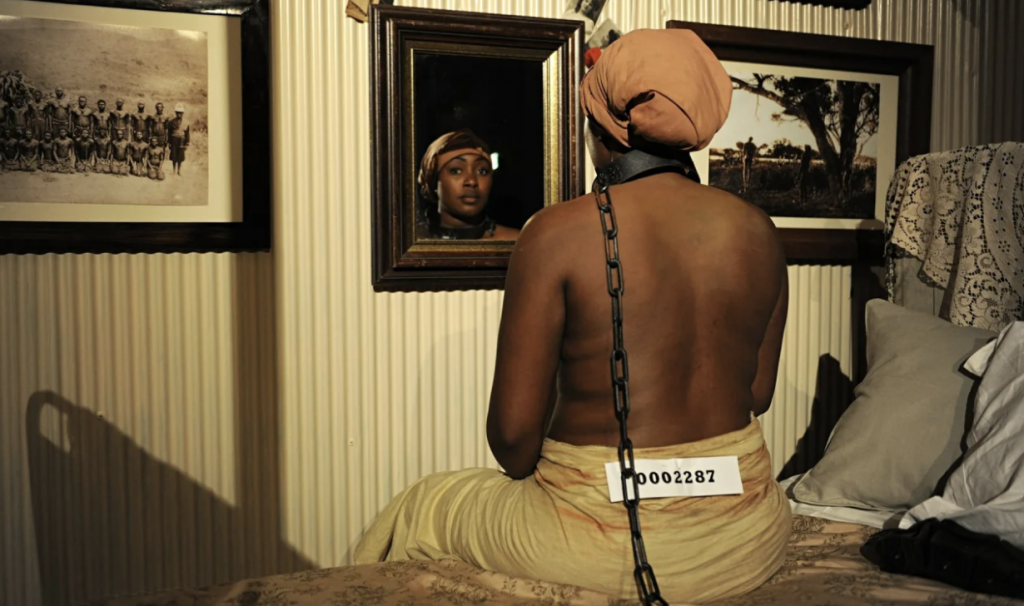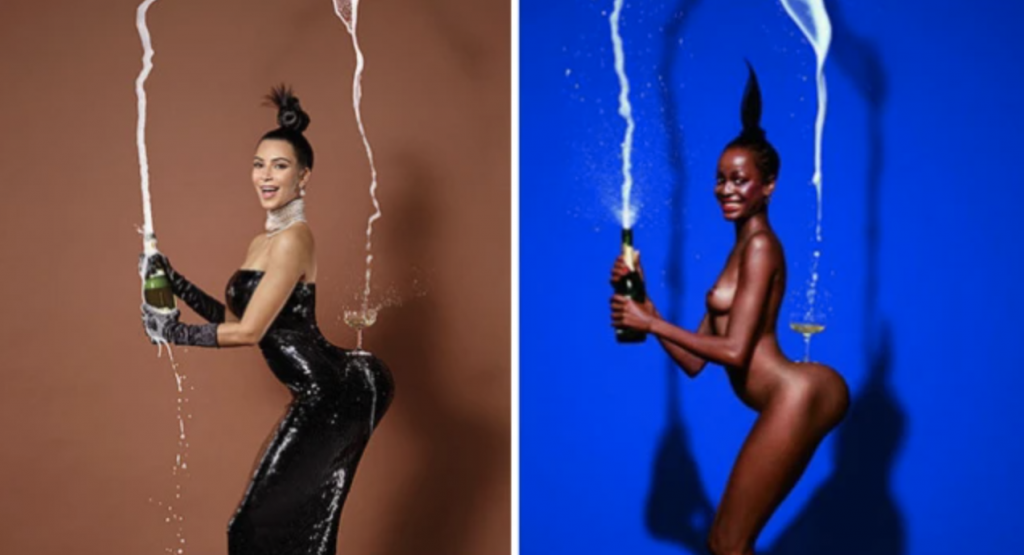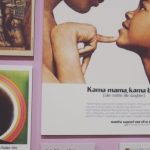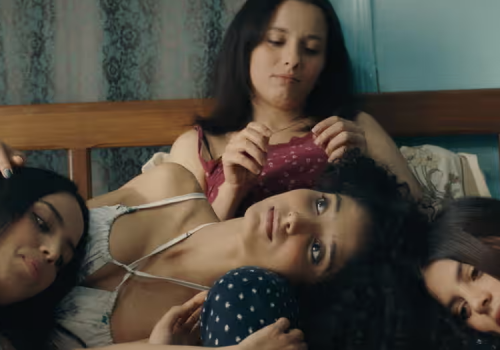One From The Archives, I wrote this piece in 2018
Western society is built on the false ideology that white people (in particular white men) are superior to absolutely everybody else. This ideology is seen throughout history in many contexts, such as the colonisation of Indigenous people and people of colour by nations such as Britain, Spain, France, Holland and Portugal. Many countries were colonised by the imperialist west, these include much of Australia, Canada, the US, the Caribbean Islands, India, Hong Kong, a great percentage of Africa and South America etc it’s truly staggering to think about how many countries were invaded. Many issues have arisen from the Western world’s colonist past such as the Stolen Generation of Aboriginal children in Australia by an all-white government that went on from the 1890s to the 1970s and many children never saw their families again. Some more issues that rose from colonisation are Apartheid in South Africa, the Partition of India and Pakistan, the Bangladeshi famine, the civil war in Nigeria etc etc etc. It’s very easy to conclude that the West is built on racism, this can be seen throughout history, from the attempted racial cleansing of the Native Americans by the British in North America to the transatlantic slave trade. Colonisation and slavery have far reaching affects, and implications that still effect people to this day, our governments and systems are in many ways institutionally racist (this means that racism is built into them), countries like Australia for example which have a global reputation for being super chill and easy going are built on the oppression of their first people. To this day Black people and ethnic minorities in Australia are treated as lesser than white people through social policy and public attitudes, the same can be said for Black people and people of colour in much of the Western world. The West is obsessed with otherness and fascinated by ideas of the ‘exotic’ and ‘oriental.’ However, they are not content, until they have what they see as ‘exotic’ and claim it as their own.
Human Zoos are an example of this, this is where colonisers would display Indigenous people like animals, actual humans, people like you or I would be exhibited like things or beasts for other people to come and gawk at. People were kidnapped from their home countries and brought to the ‘zoos’ in the 1800s, most of Europe was filled with them. Human zoos have a very long history in the West, ‘Throughout the late 19th century, and well into the 1950′s, Africans and in some cases Native Americans, were kept as exhibits in zoos. Far from a relic from an unenlightened past, remnants of such exhibits have continued in Europe as late as the 2000′s.’ I was born 1996, it’s crazy to think in my life time and certainly in my parents and grandparents lifetime, human zoos existed within society. In 1906, Madison Grant an amateur anthropologist and head of the New York Zoological Society, captured a Congolese pygmy man called Ota Benga to put on display at the Bronx Zoo in the middle of New York City. Ota Benga was put in the primate exhibit and made to live with apes and chimpanzees. A prominent eugenicist at the time, William Hornaday, labelled Ota, ‘The Missing Link.’ Benga was made to perform, shooting at targets and wrestling primates. This is uncomfortable to imagine but it was a reality of the time, I find it hard to believe that this was happening in New York City which tends to be perceived as one of the slightly less racists places in America, what’s even more shocking is that slavery was abolished in the US in 1865 and over 50 years later in 1906 it was still acceptable for Black people to be exhibited like animals in cages for white spectators to view. Reports at the time found that not many people were upset with seeing Ota Benga in a cage, “few expressed audible objection to the sight of a human being in a cage with monkeys as companions.’ However, controversy erupted when a Black clergymen in the city took great offence. “Our race, we think, is depressed enough, without exhibiting one of us with the apes,” said the Reverend James H. Gordon, superintendent of the Howard Colored Orphan Asylum in Brooklyn. “We think we are worthy of being considered human beings, with souls.” This shows how Black people where dehumanised by their colonisers and how human zoos helped to create an Us vs Them mentality across the Western world with Black people and ethnic minorities being presented as beasts and something to fear, this further contributed to an overwhelming belief in scientific racism.

In 2014 Brett Bailey made an exhibition called ‘Exhibit B’ that went on tour around Europe (much like human zoos did), the aim of the exhibition was to present installations of performance art that subverted the meaning of Human Zoos replacing them with ‘powerful living snapshots depicting racism and colonialism: a black woman chained to the bed of a French colonial officer; a Namibian Herero woman scraping brain tissue out of human skulls; the slowly revolving silhouette of Baartman.’ In each place the travelling exhibition stopped Bailey would cast local black performers. The fact that Brett Bailey, is a white South African man is absolutely why many of the actors questioned, ‘how is this different?’ Feeling as though they were in an actual human zoo, performing for white spectators, curious to see a Black person only now it is was being labelled as Art. ‘Already seen in various European capitals, the work has proved incendiary, particularly in Berlin, where it caused fury among leftwing anti-racism campaigners, who questioned the authority of a white director to tackle the story of black exploitation.‘ I think the fact a white man put young Black performers in cages is and should be unsettling for a modern audience, I read a comment on the guardian article about the show that read, ‘if a black director had made this, it would’ve given white audiences ease, complicity … it’s ok, it’s a black man/woman putting black people in cages, I can look, frown, appear serious, move on… but it’s a white man‘, this made me think about Debord’s notion of the spectacle. The actors are in fact not the spectacle although there are the ones in the cages but the audience who are looking and frowning and ‘appearing serious’ are. People come to the exhibition in order to be seen at the exhibition, to look outraged, to be seen looking outraged and then to go home and feel good about themselves. It reminds me of when I recently went to New York with my friend, he wanted to go to the Natural History Museum and I wanted to go to the Metropolitan Museum of Art, so we decided to go our separate ways and meet at the steps of the Met at lunchtime, planning to sit on the steps and pretend we were on episode of gossip girl. When my friend met up with me, he asked for me to take a picture of him standing outside the Metropolitan Museum of Art so he could post it to Instagram with the caption, ‘Lovely morning at the Met #art #culture #nyc.’ My friend had absolutely no interest in Art however it’s the spectacle, the notion of being seen by others to have gone to the museum that is more important than actually going to the museum. It’s like when you see people go to the National Gallery in London and take a selfie in front of Van Gogh’s Sunflowers and then move on without truly appreciating them. Others have argued against that Exhibit B is exploitative because it’s so changeable, as the actors are changed from city to city, they truly become like things, not individual but interchangeable. Upon the exhibitions cancellation in the Barbican London, one critic said in response to Actors in the show who were disappointed in its cancellation, that Bailey had created and placed, ‘an interchangeable set of black bodies into a tableau of his choosing, rendering them voiceless and passive. I find it difficult to see how the cancellation could take away your voice as a performer, as it was absent to begin with.’

It also makes me thing of Kim Kardashian and her cover for Paper Magazine which incidentally came out in 2014,, the same year as Brett Bailey’s exhibition. This is no coincidence. On the front of the magazine Kim is photographed butt naked, another image shows her opening a bottle of champagne into a glass rested on her backside, this photograph taken by Jean-Paul Goude is a pastiche or recreation of a photo he took of Carolina Beaumont, in 1981, the photograph is often referred to as ‘The Champagne Incident.’ However not everybody is aware of the racist connotations that both images have. The photographer, Goude is very controversial particularly for his depiction of the black female form. He once described himself as having ‘jungle fever’ in fact the book of photography that the original champagne fever was in was called jungle fever. Jean-Paul Goude fetishes the Black female form, which is so infuriating because of how respected he is within the Art world. It’s quite confronting to a contemporary viewer, that Grace Jone’s his muse and lover was so complicit in her own objectification, ‘Goude shot Jones surrounded by raw meat, under a sign that reads “DO NOT FEED THE ANIMAL.” Furthermore these images can be linked to images taken of women like, ‘Sarah Baartman, a black woman who lived between 1790 and 1815, who was exhibited as a freak show attraction in 19th Century Europe because of her large, “shelf-like” behind.’ Baartman was a human exhitibition, she was objectified by white men, she was prodded and poked, then when they was bored of her she was left to die in poverty. After her death she had her, ‘body again studied, dissected, and her brain, skeleton and genitalia to be on display in the the Museum of Man in Paris for over a century and a half.’ Baartman was dehumanised by western society, her body which was viewed as exotic was fetishised. What happened to Sarah was a tragedy. The exotic in relation to the spectacle, someone to show off like an object rather than someone to appreciate and lift up like a woman. I can’t say I’m surprised by Jean-Paul Goude he’s been doing this shit since the 60s but Paper Magazine should have known better and Kim Kardashian, as the mother of a mixed race daughter should be ashamed, Paper magazine, Jean-Paul Goude and Kim Kardashian are all directly responsible for the appropriation of both human zoos and documentary photography of the black female form into contemporary culture.










Leave a Reply